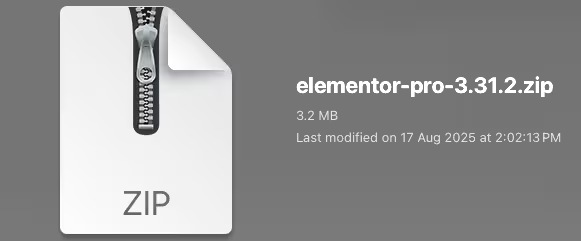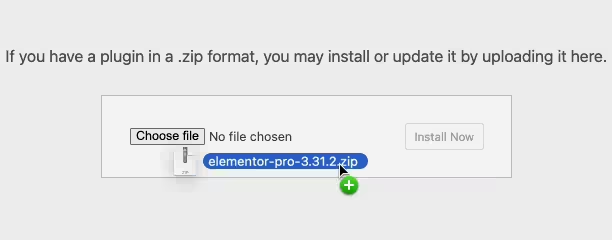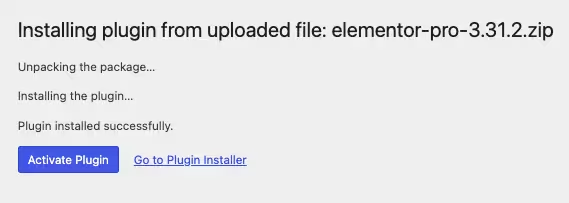Advanced ads | Tracking
Updated on: December 28, 2025
Version 3.0.8
Single Purchase
Buy this product once and own it forever.
Membership
Unlock everything on the site for one low price.
Product Overview
Advanced Ads | Tracking is the ultimate solution for anyone looking to maximize their ad performance on WordPress. This powerful plugin allows you to monitor and analyze your ad campaigns with precision. With its user-friendly interface, you can easily set up tracking for various ad types, ensuring you never miss a beat. Plus, the detailed analytics help you understand your audience better, enabling you to make informed decisions. What makes it stand out is its seamless integration with existing ad networks, allowing for a hassle-free experience. Whether you're a blogger or a business, this plugin can elevate your advertising strategy to new heights.
Key Features
- Comprehensive tracking for all ad placements and types.
- User-friendly dashboard for easy monitoring and analysis.
- Integration with popular ad networks for seamless operation.
- Detailed reports to help you understand audience behavior.
- Customizable tracking parameters for tailored insights.
- Real-time updates to keep you informed about ad performance.
- Responsive design for optimal performance on all devices.
- Easy setup with no coding required, perfect for all skill levels.
Installation & Usage Guide
What You'll Need
- After downloading from our website, first unzip the file. Inside, you may find extra items like templates or documentation. Make sure to use the correct plugin/theme file when installing.
Unzip the Plugin File
Find the plugin's .zip file on your computer. Right-click and extract its contents to a new folder.

Upload the Plugin Folder
Navigate to the wp-content/plugins folder on your website's side. Then, drag and drop the unzipped plugin folder from your computer into this directory.

Activate the Plugin
Finally, log in to your WordPress dashboard. Go to the Plugins menu. You should see your new plugin listed. Click Activate to finish the installation.

PureGPL ensures you have all the tools and support you need for seamless installations and updates!
For any installation or technical-related queries, Please contact via Live Chat or Support Ticket.